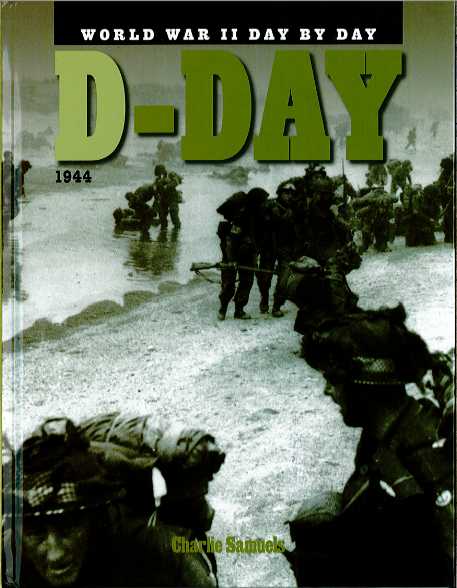Gr 4–8 - Best described as annotated time lines, these chronologically arranged books provide brief descriptions of important World War II events. Each opens with a general introduction, followed by two-page spreads that include dated entries; an "Eyewitness" excerpt; a sidebar with information about a particular person, turning point, strategy, weapons, or equipment; and three small period photos. The lack of maps stands out as a major weakness. The best of the group is
D-Day, which offers a tight focus that helps readers grasp the operation's complexity and uncertainties. The other books have a more ambitious focus, but they don't provide enough historical context, and thus readers are likely to see them as lists of seemingly unrelated events. This set will be of little help to report writers and is unlikely to hold the attention of general readers.Most of the books in this group are histories of places or cultures that students have likely read about before. Four sets in particular, however, improve on previous efforts or provide new perspective. The best is Capstone's gorgeous, expertly produced "Captured World History," which makes a single, iconic photograph the starting point for objective, well-written, and beautifully illustrated information. Gareth Stevens's "Fun Fact File: World Wonders!" runs a close second, with lively writing and outstanding illustrations that will entertain emerging readers as it educates them. Other sets, reflecting changes publishers are making to align their products with the Common Core Standards, attempt to prompt more active reader responses, such as Heinemann's "Everything Has a History," which tells some fascinating stories and suggests research tools and sources students can use to make history a more important part of their own lives. Capstone's "Who Lived Here?" offers emerging readers a readable, attractive introduction to the interactions between geography and migration on patterns of human settlement. Most of the remaining sets are adequate for school reports and assignments or as supplementary purchases based upon specific collection needs.
These thorough books use a timeline format to give ultra-detailed information about important aspects of World War II through concise, day-by-day (sometimes hour-by-hour) entries drawn from primary sources and eyewitness accounts. Military aficionados will find the setup interesting, but the rapid-fire delivery of facts may overwhelm the average reader. Numerous small photos and inserts give a cluttered appearance. Reading list, websites. Glos., ind. Review covers these World War II: Day by Day titles: D-Day, The Pacific, Europe and North Africa, and The Third Reich.





Be the first reader to comment.
Comment Policy:
Comment should not be empty !!!